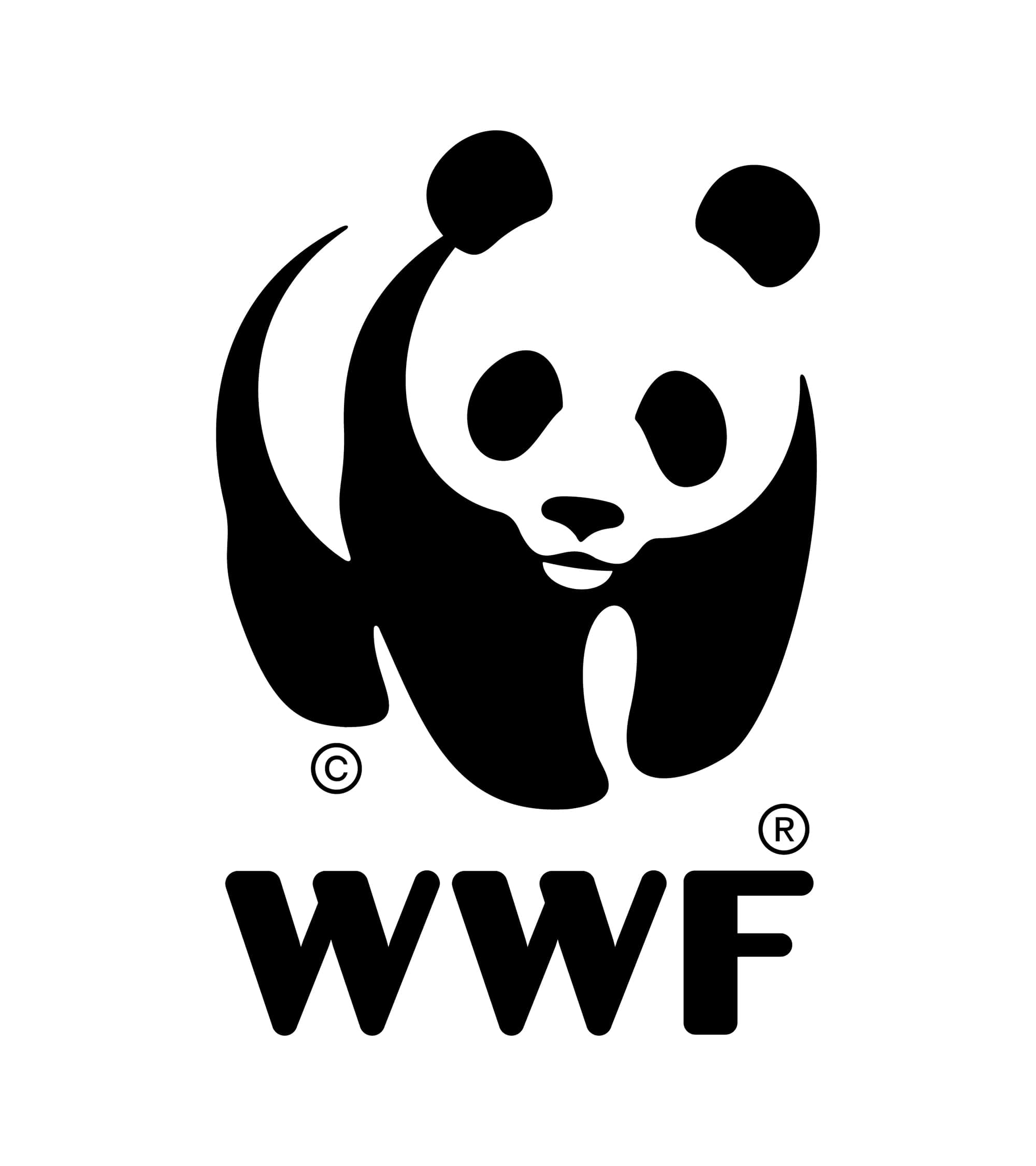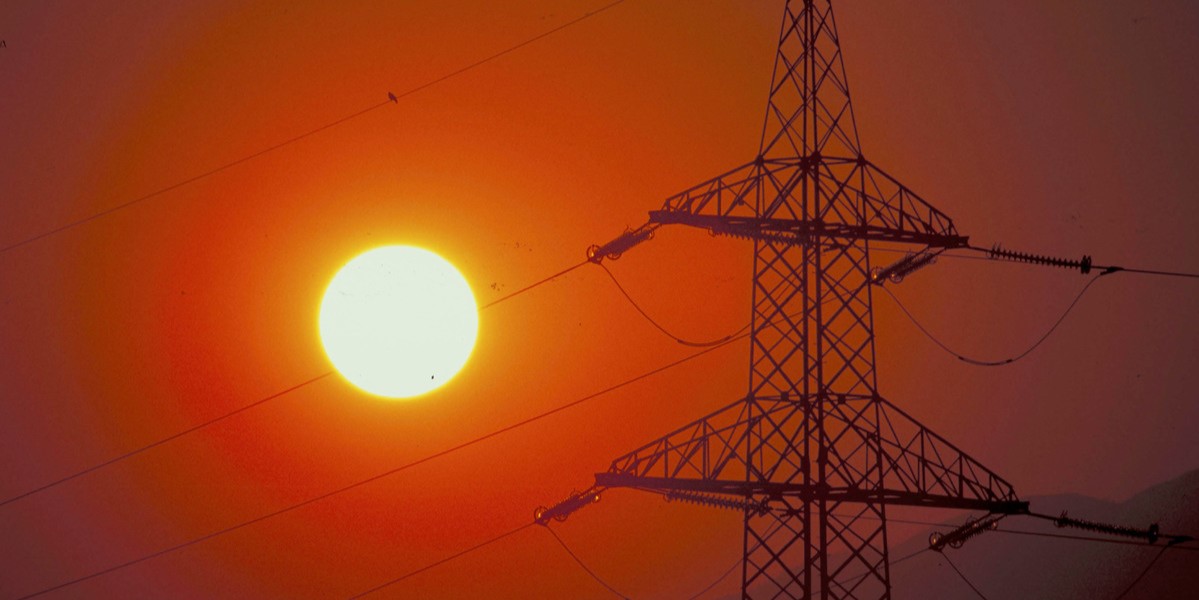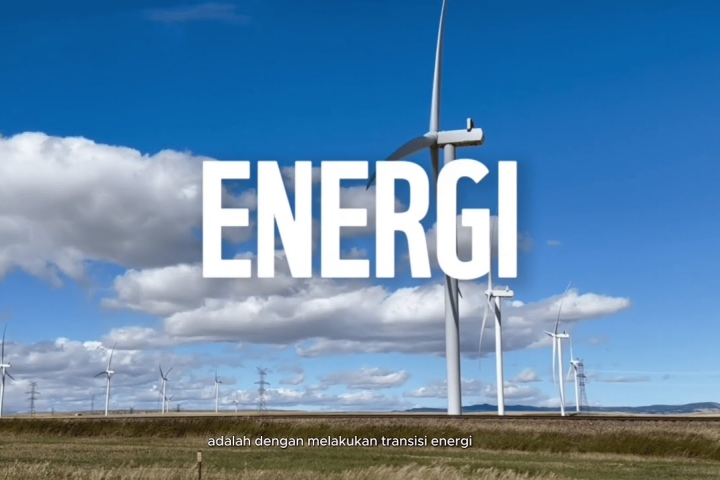200 BIOGAS REACTORS BUILT IN YOGYAKARTA
Yogyakarta - 200 home biogas reactors (Biru) were built in Bantul and Sleman regencies, Yogyakarta province. The biogas utilizes human and animal waste. Fermentation of the manure will produce gas that can be used as fuel and electricity for household needs.
In the initial stage of the biogas reactor construction, construction training was conducted for masons in Tangkil Hamlet, Srihardono Village, Pundong District, Bantul Regency. A total of 15 masons and 3 supervisors attended the Blue Biogas program training by utilizing cow dung.
This program is a collaboration between the governments of Indonesia and the Netherlands through Hivos (humanitarian institute for development cooperation) and SNV (development agency from the Netherlands) which was appointed as the manager of the national program Indonesia Biogas Domestic Program (IBDP) with the Directorate General of Electricity and Energy Utilization (DJLPE) of the Ministry of Energy and Mineral Resources (ESDM).
""Bantul and Sleman areas are quite good for this program. On average, each household in the village has 2-3 cattle or goats. The animal manure is very capable of sustaining the availability of biogas raw materials," said Maria Epik Pranasari, Provincial Coordinator of the Indonesia Domestic Biogas Program to reporters on the sidelines of activities in Tangkil Hamlet, Srihardono, Pundong, Bantul, Friday (07/16/2010).
According to him, since 2009 until this year has built more than 260 reactors in West Java, East Java, Central Java and outside Java. For the province of Yogyakarta until the end of 2010 will be built 200 reactors. The Blue Reactor is built with fixed dome technology or a concrete dome that can accommodate as much as 6 cubic meters of dirt.
""One unit of blue house biogas reactor for household needs costs Rp 4 million-Rp 5 million. Residents who want to build a reactor will also be assisted with financing,"" he said.
In addition to producing biogas for daily household needs, he said, sediment from cow dung can be used as manure. The quality of the resulting fertilizer is also better than ordinary manure.
""This biogas is also different from LPG gas. So there is no need to worry that the gas storage reactor will explode. The gas produced is different from LPG gas which is easy to explode,"" he said.
Meanwhile, Head of Tangkil Hamlet, Darmanto added that the average resident in his hamlet raises 2-3 cows and more than 5 goats. With the construction of this blue biogas reactor, it will help residents in procuring gas. Because in addition to the current frequent LPG gas explosions, he and the residents can save gas without having to buy.
""Cow dung is abundant in the village, we use it for fertilizer, if it is used for biogas, the waste can also be used as fertilizer, so there are additional benefits,"" concluded Darmanto.(djo/djo)





